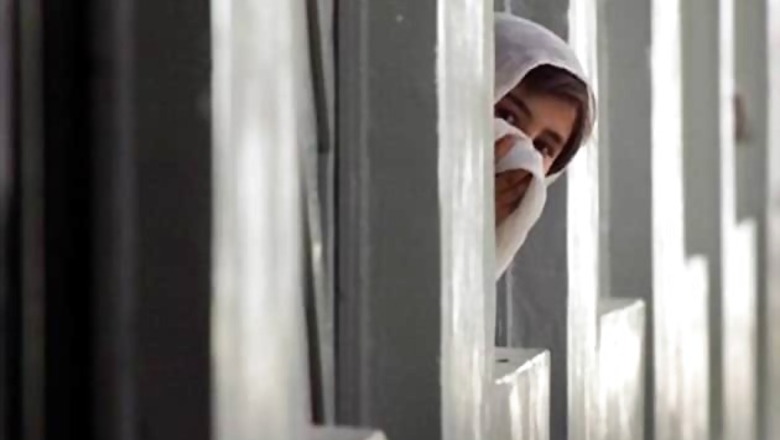
views
Bangalore: Falling birth rates have affected enrolment of children in Karnataka, where more than 3200 schools have less than 10 students each, a Government appointed commission has found.
There are 693 government schools having five or less enrolment with 836 teachers and 2510 schools having 10 or less enrolment with 3394 teachers working against the sanctioned posts of 5320, the report said.
These schools can be merged with nearby schools, keeping in mind the access criteria, it suggested. Wherever it is not possible to shift due to natural barriers or any such other conditions, schools may be allowed to continue. The services of teachers of the merged schools can be utilised in the upgraded schools.
The final draft report of the Commission on structural upgradation and reorganisation of school education chaired by Prof R Govinda, Vice-Chancellor of NUEPA (National University of Educational Planning and Administration) with Tushar Giri Nath, Ex-Commissioner of Public Instruction as Member-Secretary, has just been made public by the Government, inviting feedback from stakeholders by August 31.
Birth rates have been falling in the State during 2000-01 to 2010-11, it said, adding, the trend has affected enrolment of children.
"Over 13000 out of a total of 45200 elementary schools in the Department of Education [1 to 5 standards only] are located in small habitations and carry less than 30 children, summated across all the 5 standards [2011-12]", the Commission said.
"Dwindling enrolments at lower primary stage affect strength in higher primary schools which in turn affect small size high schools. In sum, demographic variables are a significant factor in planning exercises in secondary education".
There is also a declining trend in the State in growth rates of population in the 15-18 age category.
As per projections of population based on single year 2001 population profiles of the Registrar General, Census of India, population in this age group slightly increased between 2001 and 2006 while it has begun to slide thereafter.
The overall decline by 2016 from the base year of 2001 would be 5.43 per cent. The decline in case of boys would be higher than that for girls, the rates being 7.57 and 3.03 respectively.
"It may be more viable if the minimum student s strength is maintained as 120 in the Higher Primary Schools which could be relaxed in case of natural barriers, minorities etc", it said.
Noting that globalisation is the order of the day, the commission said Higher Secondary education should gear up to the modern challenges of technology and this in turn to electronic connectivity. "Our class rooms should be equipped with modern teaching facilities. We should provide computers, digital boards and Internet facility to our schools to make class room teaching more attractive".
The report added that there is a need to maintain a single "Board of Examinations" for SSLC and PUC examinations. This arrangement is in existence in many states such as Goa, Haryana, Himachal Pradesh, Jammu & Kashmir, Maharashtra, Meghalaya, Nagaland, Mizoram and Uttar Pradesh, it said.
















Comments
0 comment